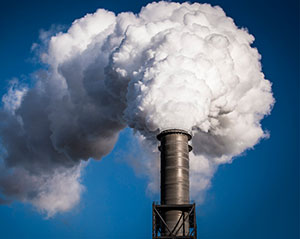より多くの予測
このインターフェイスに含まれるシリーズは、 Enerdataの EnerFutureサービス で利用可能なデータの短い抜粋です。 完全なサービスは以下を提供します。
- 多くの他のシリーズ には、エンドユーザーの価格、発電量、エネルギー源別の容量などが含まれます。
- 拡張 のグローバルなカバレッジは、65 以上の国と地域の総計を含みます。
- 追加シナリオ:EnerOutlookのデータはEnerBlueシナリオ(NDC実績)に対応していますが、EnerFutureには、EnerBase(現在のポリシー)とEnerGreen(2°Cシナリオ)の2つのシナリオが用意されています。
- 詳細なブレークダウン: 国別、セクター別、エネルギー源/ベクトル別のすべてのシリーズの完全な分解など、洞察に満ちた詳細が EnerFuture で提供されます。 例えば 米国の建物部門におけるガスの最終消費量、中国産業における電力価格、インドにおける太陽光発電の容量、ヨーロッパの産業および加盟国による CO2 排出量など。
- 完全なMS-Excelエクスポート機能: EnerFuture では、ユーザーは予測のカスタマイズされたセットを選択し、その選択を使いやすい MS-Excel シート (シリーズ別または国別にソート) にエクスポートして、さらなる分析を容易にすることができます。
- 将来の分析的指標>: マクロ経済指標 (経済成長、人口、一人当たり GDP)、需要指標 (一次エネルギー強度、一人当たりエネルギーおよび電力消費量)、CO2 指標を含む (1 人あたりの排出量、発電の CO2 原単位、炭素価格、GDP に対する CO2 原単位)、再生可能エネルギー指標 (一次および最終消費におけるシェア、発電におけるシェア) )、 その他
- 詳細なエネルギー需要予測:8つの欧州諸国およびEU全体について、設備稼働率、最終用途別エネルギー構成、走行距離など、より詳細なエネルギー収支、需要指標、活動要因を提供します。
- 限界削減費用曲線 (MACCs): 特定の年、国、セクターで選択された炭素価格で達成できる排出量のレベルと緩和/削減された排出量のレベルの両方を提供します。 これらのレベルは、明示的に詳細化された標準シナリオから導き出されます。 MACC は、幅広い炭素価格で提供されます。
- 「ウェッジ」モジュール:2つのシナリオ間で、排出削減を可能にする手段の内訳を示す。
- 国のスナップショット: 関心のある国を選択し、直感的なグラフと表を使用して将来のエネルギー システムの主要な傾向を調べます。
EnerFuture プレビュー


EnerFutureは、2050年までのエネルギー予測を提供します。当社のサービスは、エネルギー需要、価格、およびGHG排出量の将来について明確な洞察を提供します。
詳しくは


